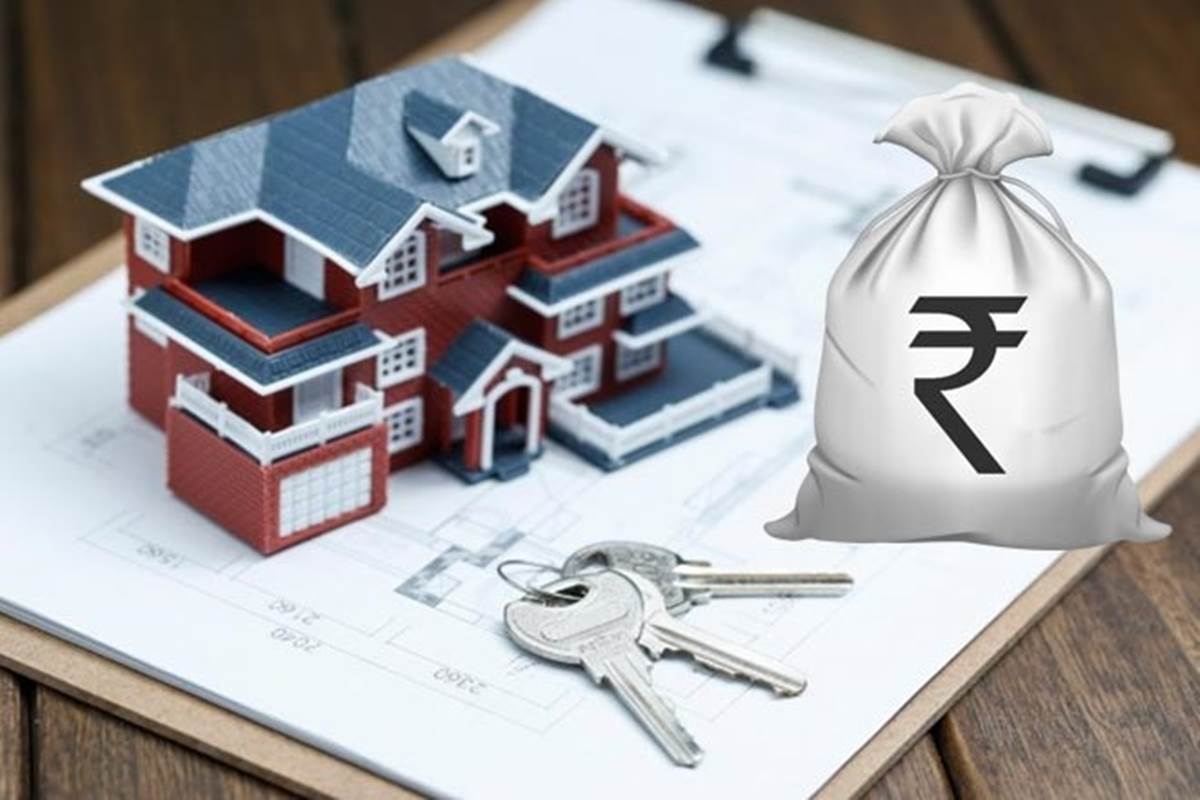As a response to the RBI cutting the repo rate by 75 basis points and taking several other measures to extend surplus liquidity in the banking system, the State Bank of India has taken a lead in reducing the lending rates. The SBI has passed on the entire 75 basis points repo rate reduction to its borrowers who are availing loans linked to External Benchmark linked lending rate (EBR) as well as Repo Linked Lending rate (RLLR).
After this revision, which will be effective April 1, 2020, the SBI?s EBR and RLLR will come down by 75 bps. The EBR will stand reduced to 7.05 per cent from 7.80 per cent per annum, while the RLLR will stand reduced to 6.65 per cent per annum from 7.40 per cent per annum.
The cut in the home loan interest rate will benefit the borrowers as the EMIs on eligible Home Loan accounts linked to EBR/RLLR will get cheaper by around Rs 52 per Rs 1 lakh on a 30-year loan.
Since October 1, 2019, the interest rate of loans is linked to an External Benchmark. Such loans are often called repo linked lending rate (RLLR). For most banks including SBI, it is based on RBI repo rate and is called the External Benchmark Based Rate (EBR). The effective home loan interest rate for the borrower will, however, depend on the borrower’s profession, gender, loan amount, down payment etc.
For loans taken on or after April 1, 2016, the interest rate is linked to the bank’s MCLR, which is an internal benchmark. The effective rate of interest will depend on the borrower’s profession, gender, loan amount, down payment as well as the mark-up on the loan. Those who wish to switch MCLR loans to EBR loan may do so by contacting their bank.
SBI has also revised its interest rate structure on fixed deposits effective March 28, 2020. The new SBI FD interest rate on retail time deposits stands reduced by 20 bps to 50 bps across tenors.





































